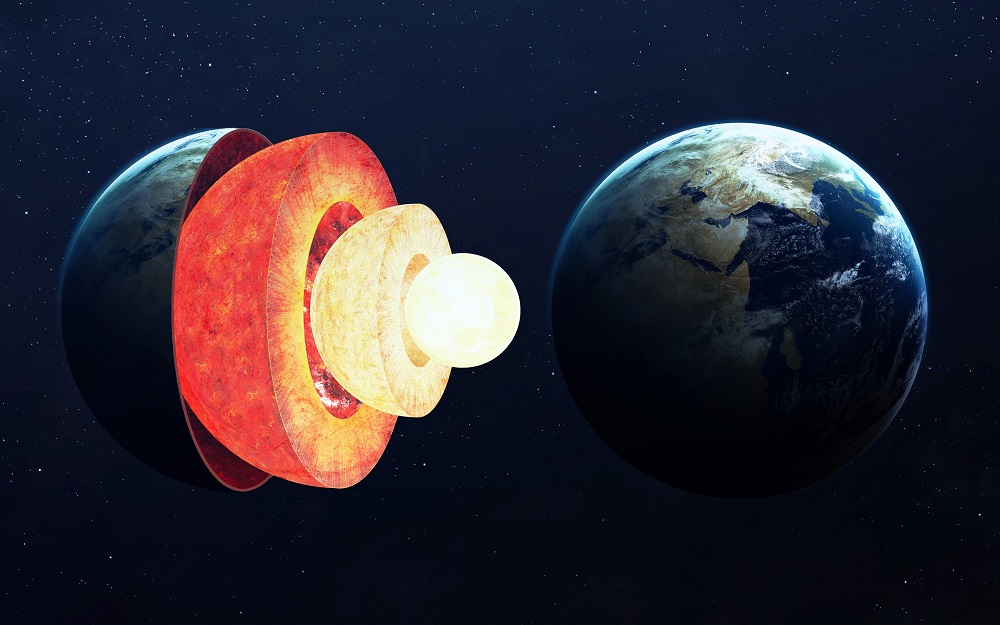High Levels of Helium-3 Found in Rocks on Baffin Island
A recent study published in the journal Nature reported evidence of high levels of helium-3 in rocks on Canada’s Baffin Island, raising the intriguing possibility that the Earth’s core may be leaking. This discovery has significant implications for our understanding of the Earth’s composition and offers a unique opportunity to study core material, which has never been done before.
Background
- Helium-3 is an isotope of helium, and its presence on Earth’s surface is rare.
- It is considered an ancient isotope that was prevalent during the planet’s formation and became trapped in the Earth’s core.
- Helium-3 that reaches the surface typically escapes into the atmosphere and dissipates into space, making its presence on the Earth’s surface significant.
The Study
- Researchers embarked on a study of helium-3 and helium-4, a common isotope, on Baffin Island, part of the Canadian Arctic Archipelago.
- Previous research had identified trace elements of helium-3 in lava flows on the island, hinting at the possibility of core leakage.
- The recent study found much higher levels of helium-3 in multiple lava flows on Baffin Island than previously observed.
Key Findings
- The study revealed exceptionally high ratios of helium-3 to helium-4 within these rocks—higher than any other terrestrial rock measured.
- These high ratios provide additional evidence that helium-3 is potentially leaking from the Earth’s core.
Significance
- The discovery of elevated helium-3 levels in terrestrial rocks is significant because it may open the door to studying core material, a feat previously considered impossible.
- If the helium-3 is indeed originating from the core, it suggests that other core materials may also be present in the vicinity, providing physical examples of core material for scientific investigation.
Scientific Implications
- Understanding the composition and dynamics of the Earth’s core is of paramount importance for geophysics and Earth science.
- This finding offers an unprecedented opportunity to gain insights into the Earth’s core and its properties, which have remained largely inaccessible until now.
Month: Current Affairs - October, 2023
Category: Science & Technology Current Affairs








